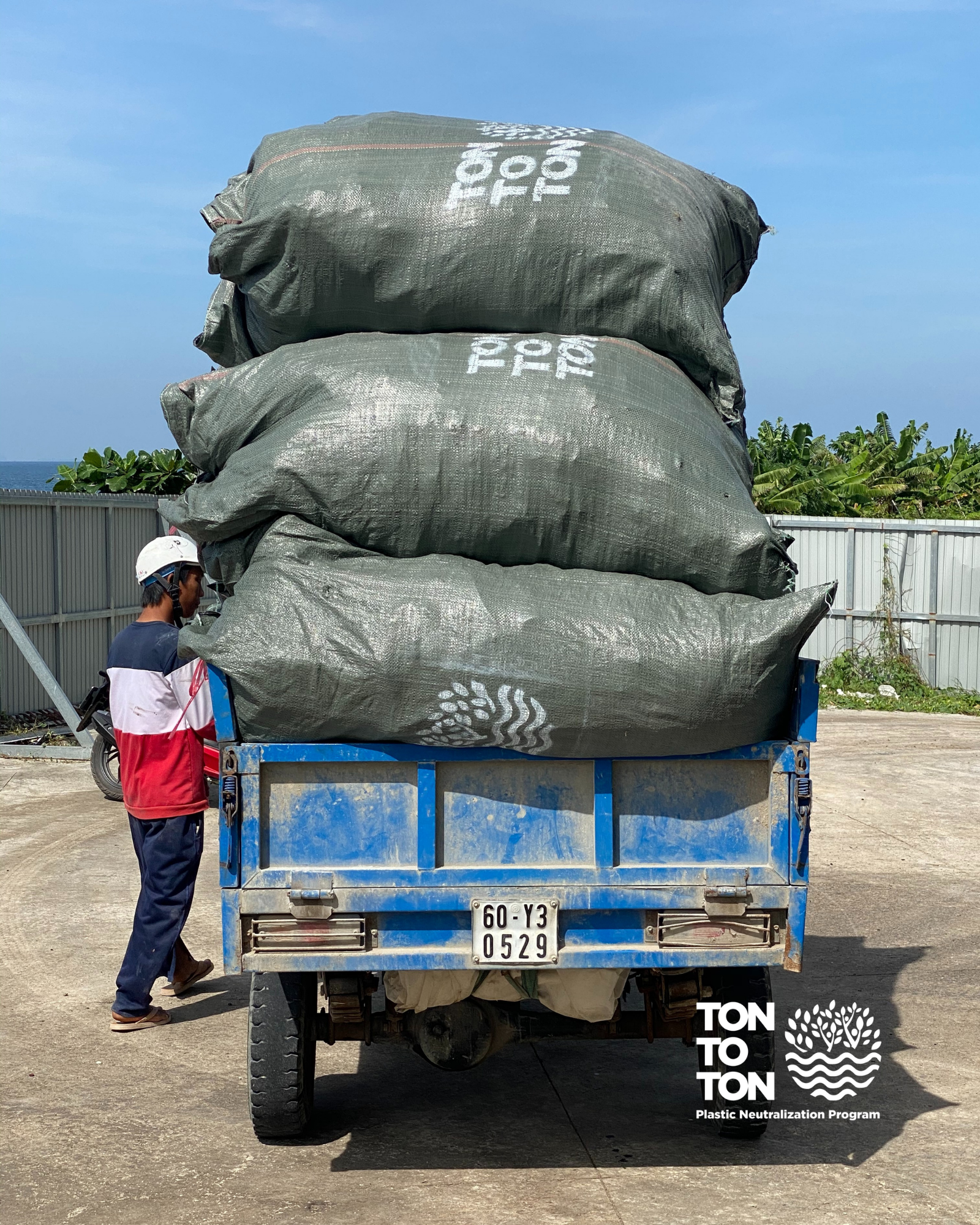Co-processing is a safe, eco-friendly waste treatment, in line with the Basel Convention Technical Guidelines. It has been recognized as a recovery operation under EU legislation. This solution enables to avoid of open-air plastic burn and provides a greener solution for the cement industry.
It is a technology that converts manufacturing waste (like orphan plastic) into alternative fuels and raw materials (AFRM). Simply put, it’s when the trash is burned for its energy fuel rather than sources like petroleum and coal. The benefits of co-processing plastic are multiple: it reduces CO2 emissions by burning plastic rather than coal, it minimizes the use of non-renewable resources, it reduces plastic waste, and it’s a zero-waste practice since even the ashes are used in cement manufacturing. Cement factories offer the perfect solution to plastic management. Burning plastic for fuel rather than coal is a cleaner option, and it properly eliminates plastic that otherwise would have ended up in landfills, as ocean-bound plastic. The leftover ashes are mixed into the cement, ensuring that the entire process is zero-waste.
Utlimately, the world benefits because plastic waste is being eliminated and fewer non-renewable resources are being used.
Recovery or waste-to-energy solutions are not popular solutions and receive great criticisms among environmentalists. Use of words is very critical in this industry, and it is important to emphasize that co-processing is far different from incineration. The process is done in a controlled environment, governed by globally-approved standards and monitored 24/7.
While we agree that the ultimate solution to plastic problem is to eliminate them from the source. But we also need to recognize that there is a nagging problem of plastic pollution, NOW. Co-processing is what we found best to treat large quantities of non-recyclable plastic wastes right now, and we would be happy to discover a better solution in the future.
